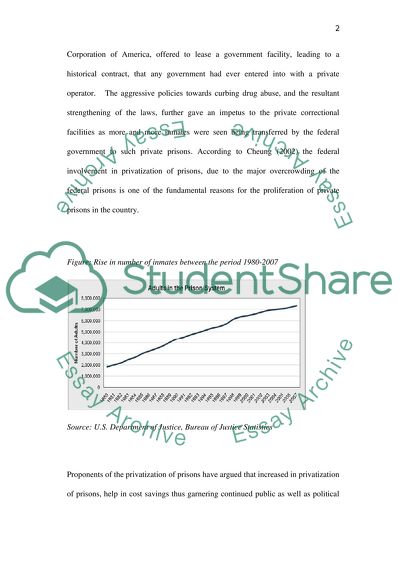Cite this document
(“How Has the Proliferation of Privately Funded Prisons Changed the Research Paper”, n.d.)
Retrieved from https://studentshare.org/law/1441503-how-has-the-proliferation-of-privately-funded
Retrieved from https://studentshare.org/law/1441503-how-has-the-proliferation-of-privately-funded
(How Has the Proliferation of Privately Funded Prisons Changed the Research Paper)
https://studentshare.org/law/1441503-how-has-the-proliferation-of-privately-funded.
https://studentshare.org/law/1441503-how-has-the-proliferation-of-privately-funded.
“How Has the Proliferation of Privately Funded Prisons Changed the Research Paper”, n.d. https://studentshare.org/law/1441503-how-has-the-proliferation-of-privately-funded.


